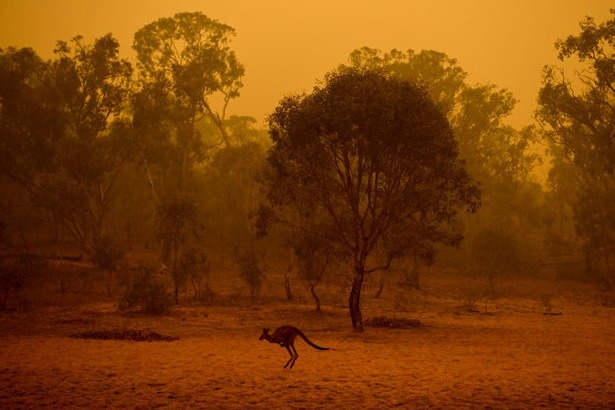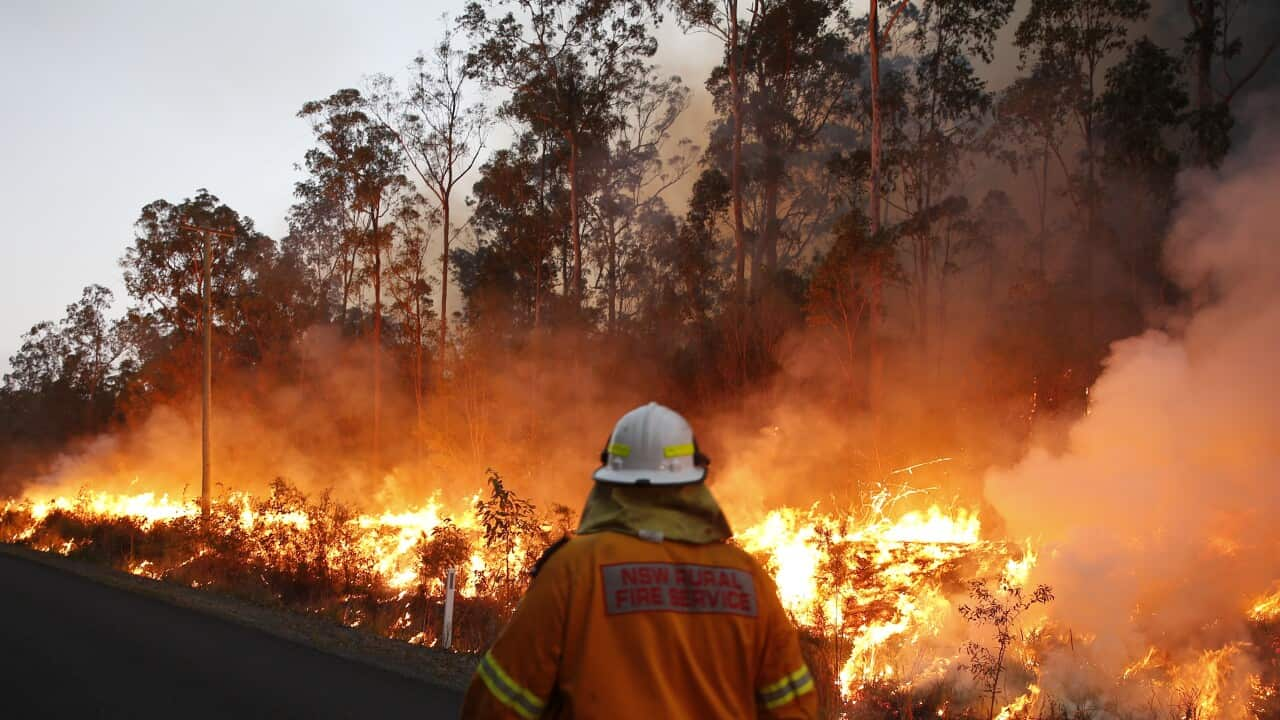Navigating the Demands: Your Overview to Acquiring a BAL Report
Navigating the Demands: Your Overview to Acquiring a BAL Report
Blog Article
Specialist Suggestions on Bushfire Administration for Boosted Fire Security
In the world of bushfire administration, the importance of professional advice can not be overemphasized. With the increasing regularity and severity of wildfires, it is imperative to look for guidance from those skilled in the details of fire habits and reduction techniques. From understanding the subtleties of bushfire habits to implementing functional measures such as firebreaks and defensible rooms, there exists a riches of knowledge that can dramatically enhance fire defense efforts. The essential exists not only in the specific components of fire monitoring however additionally in their cohesive combination right into a comprehensive method. By diving into the knowledge supplied in the following discussion, a clearer path towards reinforced fire protection can be lit up.
Recognizing Bushfire Actions
To effectively minimize the influence and handle of bushfires, it is essential to have an extensive understanding of bushfire habits. Bushfires are complicated all-natural phenomena influenced by different aspects such as climate problems, topography, gas lots, and human tasks. Understanding how these elements interact is crucial in forecasting the habits of a bushfire, enabling for better preparation and feedback approaches.
One secret aspect of bushfire behavior is fire spread. This encompasses the rate at which a fire developments, the direction it takes, and the strength of the flames. By examining past fire incidents and analyzing fire patterns, professionals can anticipate just how a bushfire may progress under certain conditions. BAL Report. This expertise contributes in devising discharge plans, designating firefighting resources successfully, and executing threat reduction actions.
Moreover, comprehending cinder assault, identifying, and fire tries is necessary in grasping the full extent of bushfire habits. By delving right into these intricacies of bushfire habits, authorities can boost their preparedness and reaction abilities, inevitably reducing the effect of these harmful occasions.
Applying Firebreaks and Defensible Spaces
Understanding bushfire habits is foundational for effectively carrying out firebreaks and producing defensible rooms to improve fire protection. Keeping these firebreaks with normal cleaning of debris and plant life is vital to guarantee their efficiency during a bushfire occasion.

Effectively carrying out firebreaks and defensible areas requires thorough preparation, routine maintenance, and area participation to make sure the highest degree of fire protection for homes and lives in bushfire-prone areas.
Using Early Caution Solutions
Deploying advanced very early warning systems is vital for timely discovery and signaling of prospective bushfire hazards. By using sophisticated modern technologies such as satellite tracking, climate sensors, and thermal imaging, authorities can effectively check fire-prone locations and discover ignition resources at the earliest phases. These systems can offer real-time data ablaze instructions, intensity, and behavior, enabling timely decision-making and fast deployment of firefighting sources to the influenced locations.
Very early warning systems also play a crucial duty in signaling residents and neighborhoods concerning foreshadowing bushfire risks. Via automated sirens, message alerts, telephone call, and social networks notices, individuals can be quickly informed regarding emptying orders, secure sanctuary locations, and emergency procedures. This positive technique not just conserves lives yet also reduces residential or commercial property damage by guaranteeing that people have adequate time to leave and shield their homes.
Developing Evacuation Plans
Effective emptying plans are vital for guaranteeing the safety of locals in bushfire-prone areas. Developing well-thought-out evacuation strategies is crucial in minimizing the risks presented by bushfires and protecting human life. These plans need to be thorough, considering different factors such as the topography of the location, the density of vegetation, and the likely speed and instructions of the fire's spread.
When producing evacuation strategies, it is essential to establish clear discharge paths and setting up factors where residents can collect safely. These courses must be on a regular basis preserved to ensure access during emergency situations. Furthermore, communication approaches need to be in location to alert homeowners of brewing danger and supply clear instructions on discharge treatments.
Collaboration between neighborhood authorities, emergency situation services, and area members is vital in creating efficient emptying strategies. Routine drills and exercises should be performed to familiarize residents with the treatments and make certain a swift and arranged evacuation when a bushfire intimidates the area. By prioritizing the growth of robust discharge plans, communities can boost their durability to bushfire emergencies and minimize the potential influence on lives and properties

Engaging in Community Readiness
In the realm of bushfire monitoring, promoting community readiness plays a critical duty in strengthening the resilience of homeowners residing in risky areas. Participating in neighborhood readiness includes enlightening locals on bushfire threats, promoting fire safety methods, and developing emergency Bushfire Management Plan plans jointly. By actively including the community in preparedness efforts, people become a lot more informed and encouraged to take proactive procedures to protect their lives and properties throughout bushfire cases.
Neighborhood readiness initiatives commonly include carrying out fire drills, establishing interaction networks, and arranging training sessions on fire suppression techniques. Encouraging cooperation among neighbors to develop a cohesive support system can significantly enhance the general preparedness level of a neighborhood. When homeowners are well-informed and furnished to react properly to bushfires, the likelihood of reducing damage and making sure safety and security increases significantly.
Conclusion
Finally, effective bushfire management calls for a comprehensive understanding of fire behavior, the execution of firebreaks and defensible rooms, the application of very early caution systems, the advancement of evacuation plans, and community engagement in preparedness initiatives. By including these approaches, neighborhoods can boost their fire security procedures and minimize the effect of bushfires on both residential or commercial property and lives. Bushfire Management Plan. It is essential for all stakeholders to collaborate to produce a much safer environment despite this all-natural disaster
To efficiently mitigate the influence and handle of bushfires, it is crucial to have an extensive understanding of bushfire behavior. By researching past fire cases and examining fire patterns, experts can prepare for exactly how a bushfire might proceed under particular conditions.Recognizing bushfire habits is foundational for effectively implementing firebreaks and producing defensible rooms to boost fire defense. Engaging in neighborhood preparedness includes enlightening locals on bushfire threats, advertising fire safety techniques, and developing emergency strategies collectively.In conclusion, reliable bushfire management needs a thorough understanding of fire behavior, the application of firebreaks and defensible rooms, the utilization of early caution systems, the growth of evacuation plans, and area involvement in preparedness efforts.
Report this page